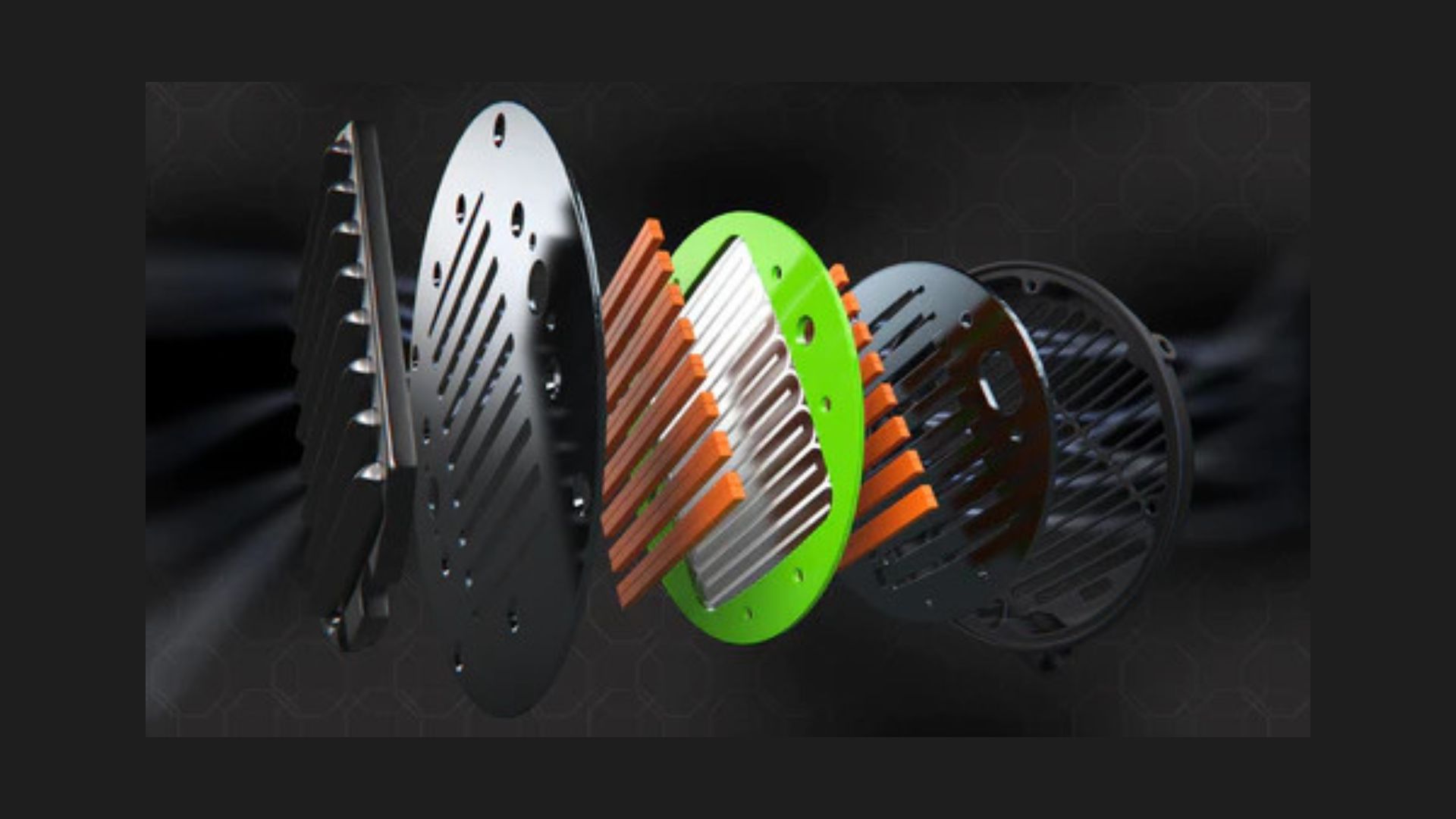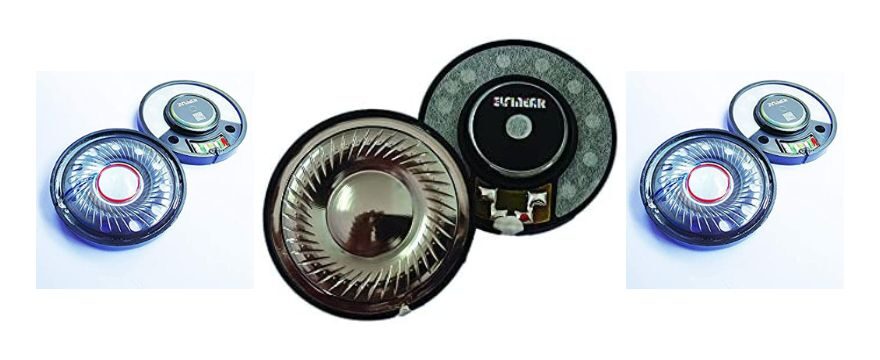The last article was about the types of headphone drivers. We discussed why the dynamic driver is so popular. Today we will discuss, what does driver size mean in headphones? Is it true that a Bigger driver size means better sound quality? Let's discuss this in detail.
What Is A Headphone Driver?
The driver is one of the most crucial parts of headphones, which converts the electrical signal into sound waves. In other words, we can say that driver is the backbone of headphones.
As an audiophile and music lover, you must know some crucial information about the driver. You must also know the types of headphones to get the desired sound quality.
The headphone driver has three main components. Magnet, conductive coil, and diaphragm. We discussed the working principle of the driver in detail in the previous article.
I will try to explain the same in brief. When Electric current flows, it generates an electromagnetic force because of the magnet. This EMF displaces the diaphragm back and forth, which causes the movement of air. This movement of air is a sound that we hear.
Size of headphone drivers
Is a bigger driver size means better? This question doesn't have one line answer. As you know, earphones are small and designed to fit in the ear canal. They are small in size. So the drivers are.
Generally, In-ear headphones or earphone driver sizes can vary from 8mm to 15mm. They are so close to eardrums that too much loudness can kill your hearing capacity. On the other hand, Headphones like On-ear and over-ear have larger drivers from 20mm to 50mm.
The most common size for the dynamic driver is 40mm. Some can be 50mm or 60mm. But, In the case of the Planar magnetic driver headphones, things are a little bit different.
They use larger drivers, like 100mm, and 120mm. More or less, they have bigger drivers than dynamic drivers in most the case. The reason for having larger drivers in planar magnetic is its working principle.
Dynamic drivers have a simple working principle. The current pass through the voice coil and vibrates the diaphragm, which produces sound. The planar magnetic driver also works on the same principle.
But due to the position of the thin membrane and diaphragm with two permanent magnets, Magnets need to be larger in size to cover the surface area of the conductor.
Due to the need for large magnets Planar magnetic headphones have larger drivers compared to dynamic headphones.
Because of having bigger drivers, Planar magnetic headphones are bulkier than dynamic driver headphones & also consumes more power. If you are keen to check the anatomy of the planar magnetic driver, You can check this video.

Planar Magnetic Drivers
The most important question is, what does happen when the bigger driver is used? How does it impact the sound quality? A larger driver pushes more amount of air, which means an increased sound pressure level (SPL) cause more loudness.
It means the larger driver can produce a loud sound. But is more loudness mean good sound? Of course, No! Loudness is just a factor. There are many other factors which combinely decides the sound quality. So, bigger is not always better. If the size of the driver doesn't matter much, What are the other factors that affect sound quality?
Tuning and damping: Tuning means the settings made to the audio drivers in the headphones to achieve a desired frequency response. Damping is a technique used to eliminate unwanted vibrations in headphones. Proper tuning and damping can result in a more balanced and accurate sound. If Tuning and Damping aren't done correctly, headphones won't give desired sound quality though your headphone has a larger driver.
Driver proximity to the eardrum: Position of the driver to eardrums: Are your headphone drivers too close to the eardrums or not. This is also a significant factor affects sound quality.
Sensitivity of headphones: Sensitivity means the loudness of headphones to the given power. Higher sensitivity means more loudness. The sensitivity indicates the efficiency of the headphone driver to convert audio signals into sound pressure levels.
how impedance affect sound quality?
The amplifier transmits the electric current to the headphones. Every headphone or earphone has a tendency to resist that current. Impedance is nothing but the process of resistance and transmission of current in headphones.
It's measured in ohms. higher the impedance better the sound will be. At the same time for the higher impedance, you need a decent quality amplifier to work the headphones properly. because high-impedance headphones need more power to run.
To give you a fair idea about headphone types and driver size, We prepared a table.
HEADPHONE TYPES | Driver size |
|---|---|
Earbuds | 13.5–15.4 mm |
Earbuds with canalphones | 8.8–12.5 mm |
On-ear Headphones | 20mm-50mm |
Over-ear headphones | 30mm-53mm |
Planar Magnetic headphones | 50mm-120mm Enter your text here... |
Let me tell you that the sizes of drivers given in the list are for general purposes. It can vary depending on a specific headphone type and design.
Conclusion: The size of a driver is a significant factor. To decide the loudness of a headphone, Driver size plays an important role. the larger driver can produce a louder sound.
It can also deliver better bass if the driver is larger. But this is just one side of the coin, Apart from the size of the driver. Other factors like tuning and damping, Driver position to the eardrum, the quality of material used in the driver unit, impedance, and many other factors play a big role in the sound quality of any headphones.
You may regret later if you consider that a large driver is the only factor affecting sound quality.
